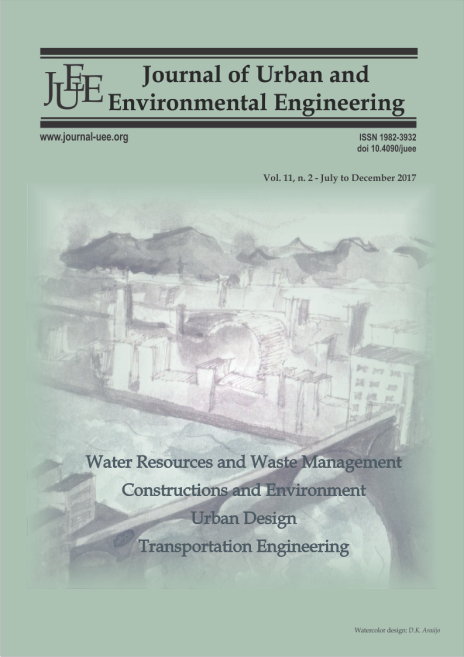ANALYZING SEISMIC ACTIVITIES DURING 1900 TO 2015 TO ASSESS URBAN RISK IN NEPAL HIMALAYAS USING GEOINFORMATICS
DOI:
https://doi.org/10.4090/juee.2017.v11n2.133-141Keywords:
Nepal Himalayas, Urban Risk, GeoinformaticsAbstract
A high magnitude (Mw =7.8) earthquake caused a geological disaster recently on April-May 2015 in Nepal Himalayas and resulted in severe devastation in Nepal as well as neighboring states in India. Looking into its recurrent occurrence with varied intensity, in the present study, the earthquake pattern in Nepal Himalayas was analyzed during the period 1900 to 2015 using United States Geological Survey (USGS) data sources in GIS environment. The result exhibits that the intensity of earthquake events are increased in recent decade in Nepal Himalayas as compared to previous century (1900-2014). The information pertaining to earthquake epicenter, magnitude, depth to hypocenter, demography etc. was also analyzed in geospatial environment to deduce its relation with geotectonic settings and possible risk in the vicinity. The earthquake events were also observed at deeper location (more than 40 kms) during 1900-2014(414 events; 53.9%) as compared to the recent events (2015), where majority of eathquake events (146 events; 85.3%) recorded at below 10 km depth (Janakpur and Bagmati provinces in Nepal). The result exhibits high number of recent events with greater magnitudes in central Nepal during April-May 2015 affecting a very large population above and around their vicinity with varied intensity. The cities located in central Nepal are highly prone to frequent earthquake hazard and induced risk on population of 2,923,621 persons followed by north-western Nepal.Downloads
Download data is not yet available.
Downloads
Published
2018-06-27
Issue
Section
Articles




